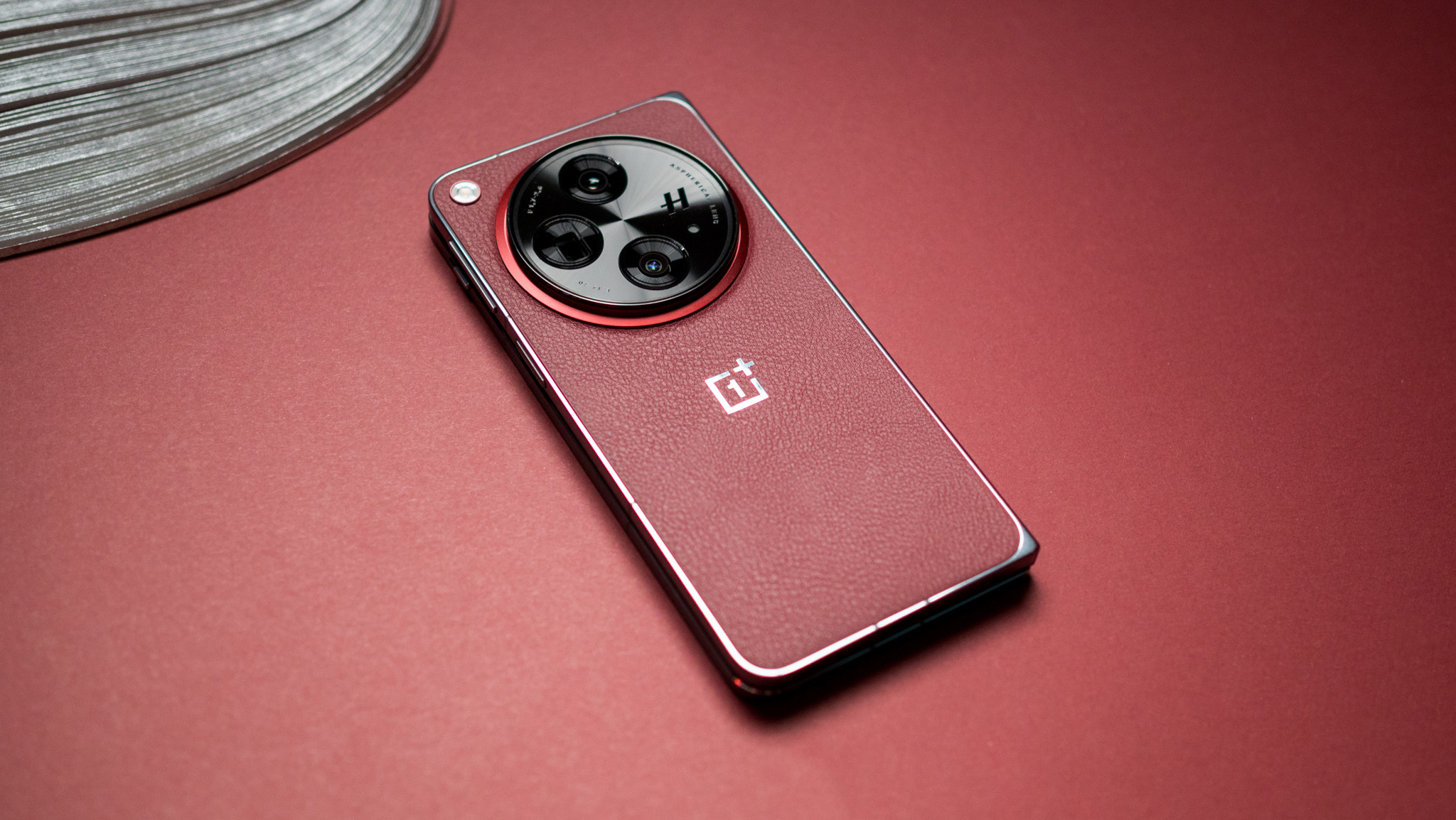
I wasn't keen on the OnePlus Open when it launched back in October 2023; while the design was terrific, the software wasn't polished out of the box, and it was irksome to use. But I went back to the device following an update to Android 14, and it was an entirely different beast. In fact, it was so good I ended up using the device as my primary phone for several months, and nearly a year after its release, it continues to be one of the best around.
This would be the time when OnePlus normally released a new model, but the Chinese manufacturer is doing things differently in 2024. Instead of the Open 2, the company is introducing a new version of the foldable with a few tweaks, dubbed the OnePlus Open Apex Edition. This particular model comes in a gorgeous new Crimson Shadow color variant, gets 1TB of storage as standard, and includes a dedicated security chip that's similar to what Google offers on its Pixels.
Essentially, the Open Apex Edition inherits the same great features as the regular model: a gorgeous design, terrific cameras, smooth hinge with a crease that isn't noticeable, and decent battery life. On the flip side, it retains all of the foldable's foibles; it won't get as many updates, there's no meaningful water resistance, and it misses out on the latest hardware.
Is the Open Apex Edition a worthy choice against the best foldables? Let's take a look.
OnePlus Open Apex Edition: Pricing and availability
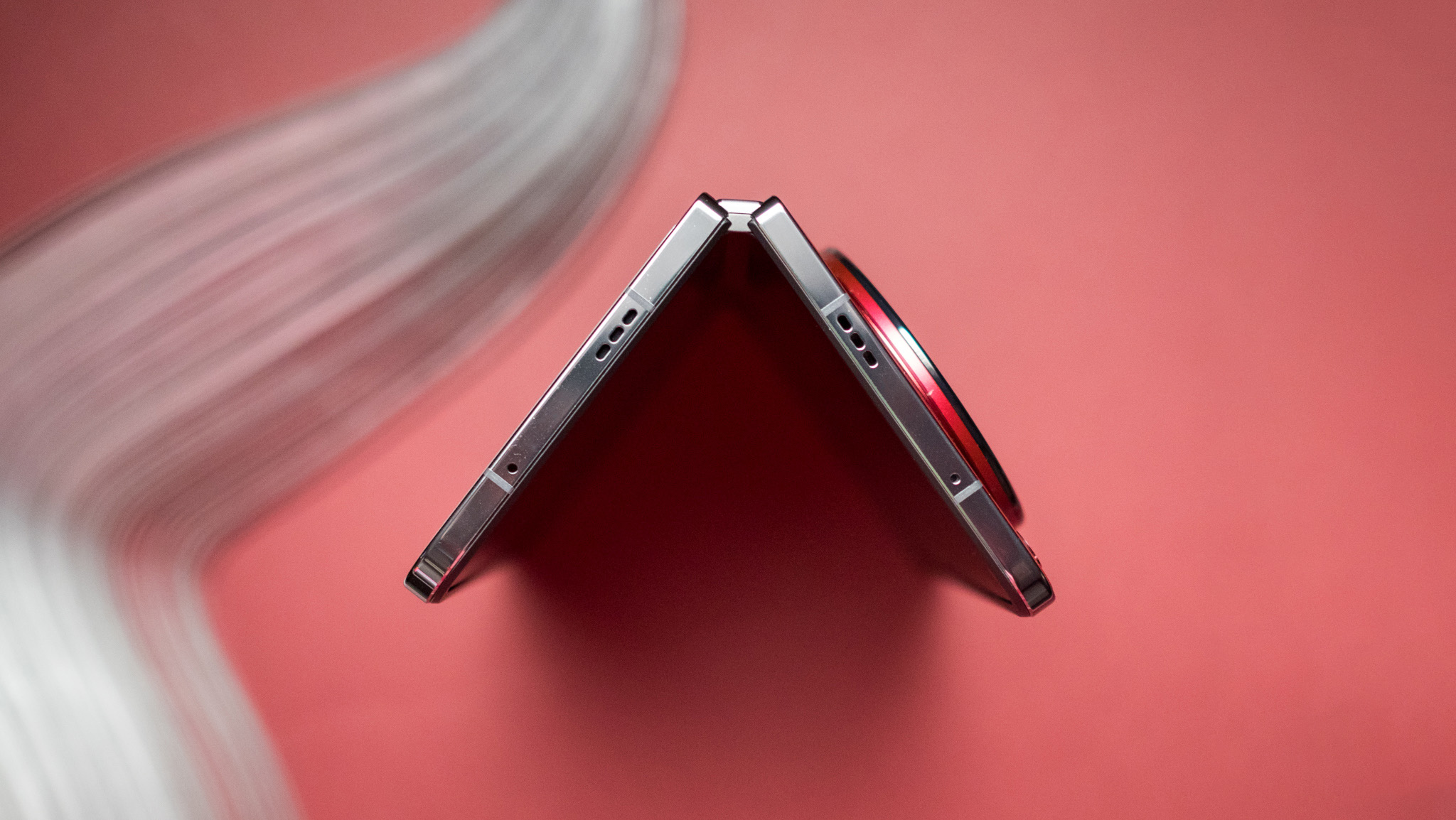
OnePlus unveiled the Open Apex Edition on August 7, and the foldable is now on sale in all regions where the standard model debuted last year, including India, the U.S., U.K., and Germany. It is available in a single variant with 16GB of LPDDR5X RAM and 1TB of UFS 4.0 storage, and it costs $1,899 in the U.S. and ₹1,49,999 ($1,786) in India.
It isn't as good a value in the U.S. — particularly considering there's no carrier backing — but it is a decent showing in India. Vivo's X Fold3 Pro is available in the country for ₹1,59,999 ($1,910), and the Galaxy Z Fold 6 retails for ₹1,76,999 ($2,112). OnePlus managed to undercut both of these devices, and while the hardware isn't the latest, it still holds up incredibly well in 2024.
OnePlus Open Apex Edition: Design
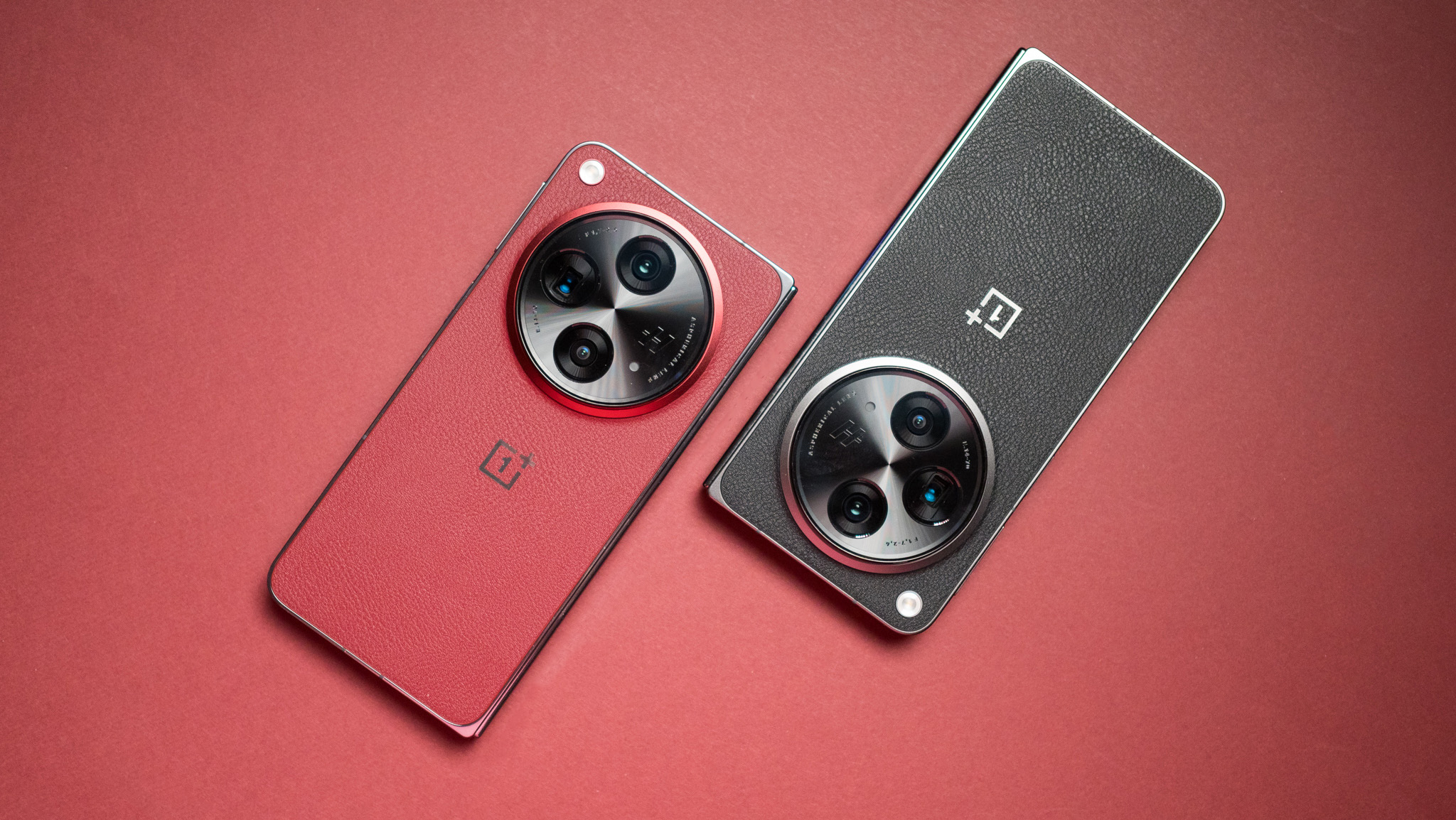
It goes without saying that the most striking feature of the OnePlus Open Apex Edition is the color. Officially dubbed Crimson Shadow, this burgundy red color is exquisite, and it attracts attention a lot better than the regular Voyager Black model. OnePlus went with the same faux leather finish at the back, and that's a good choice — it is much better to hold and use than a standard glass pane.
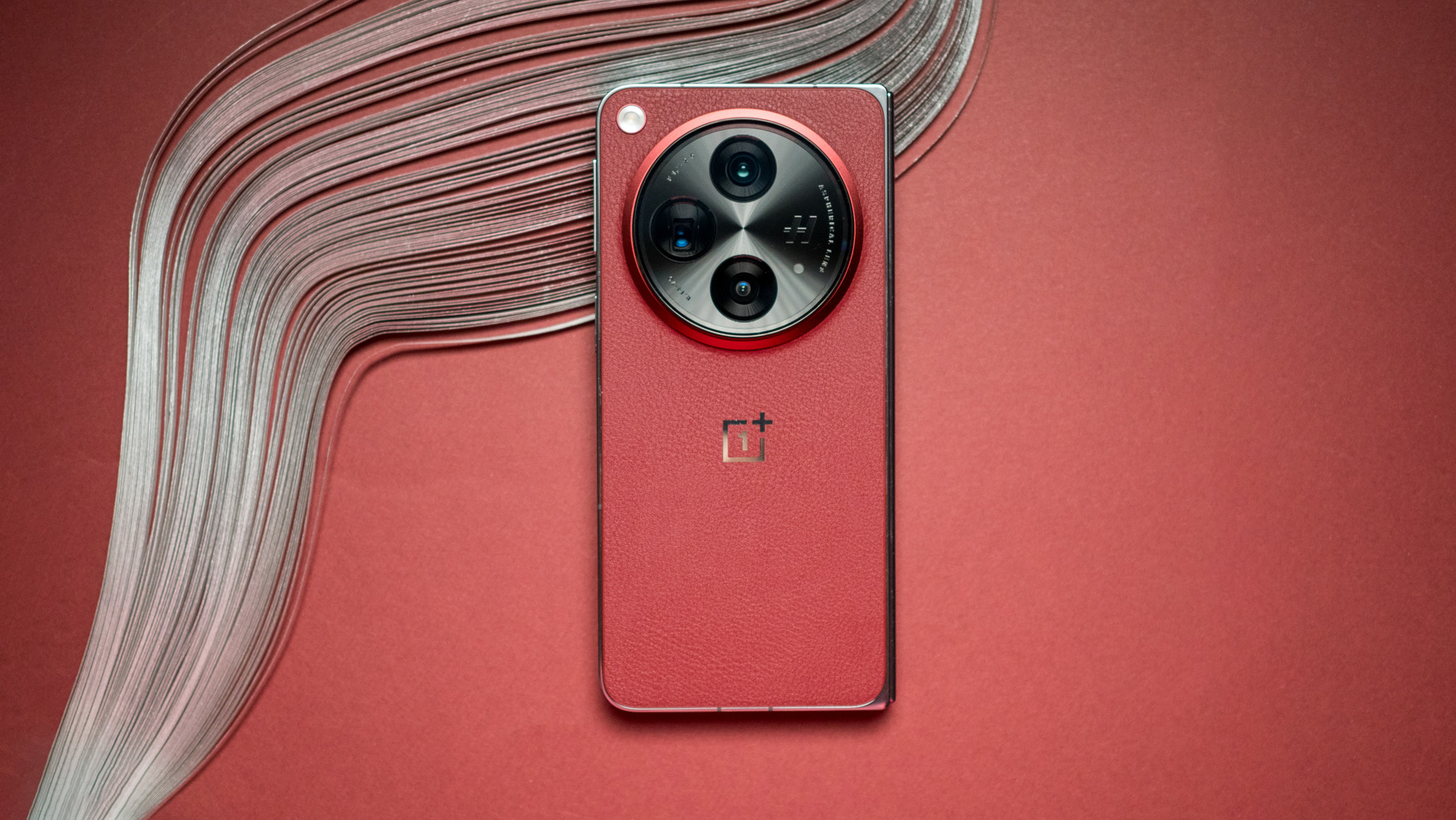
The switch to a bold red hue makes the camera island that much more distinctive, and this in part because of the matte red band that encircles the outside of the housing. OnePlus says the design of the camera housing is meant to mimic luxury watches, and that is evident. The cameras within the housing are slotted within individual rings, and the stylized Hasselblad logo is on the right.
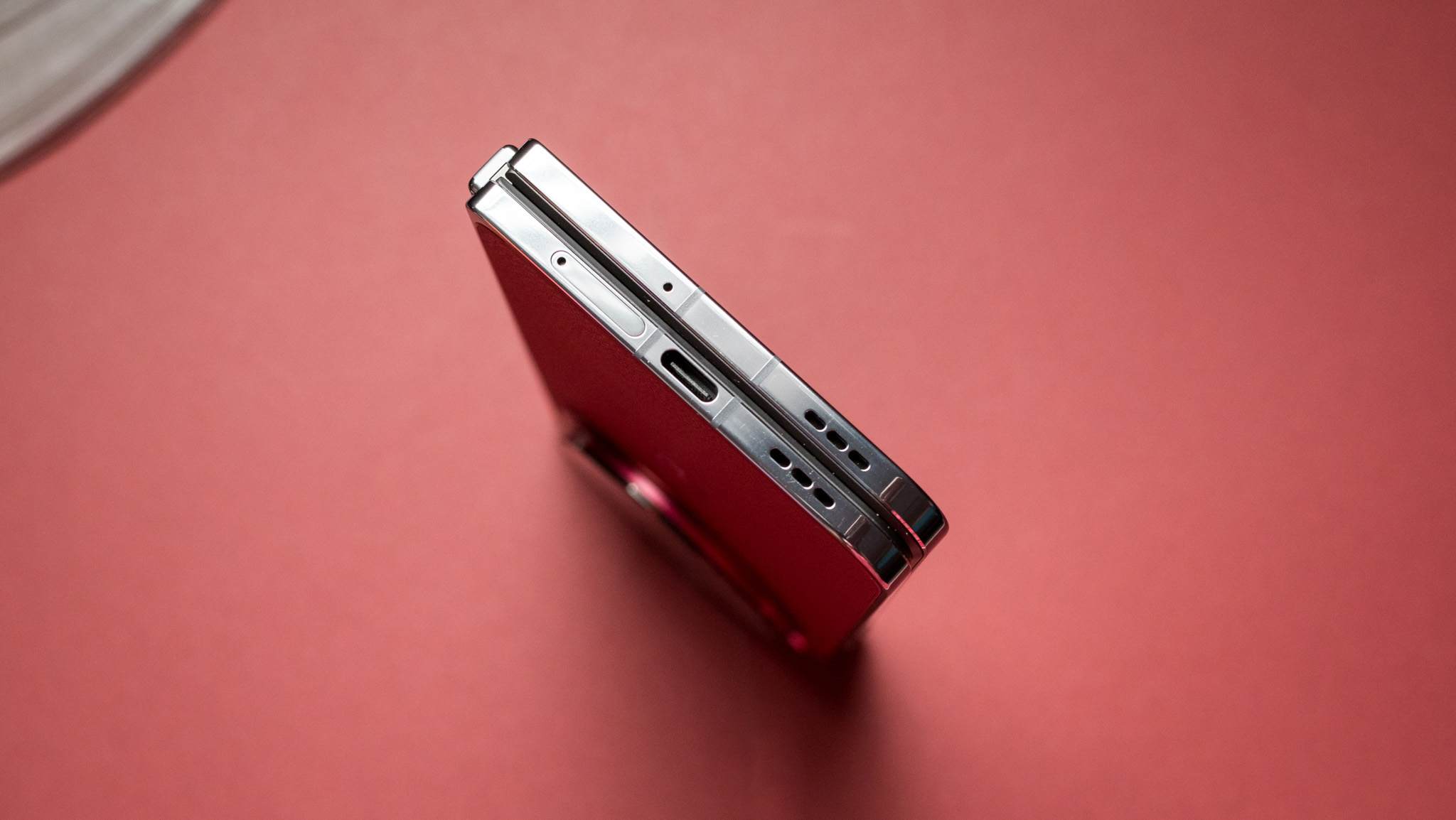
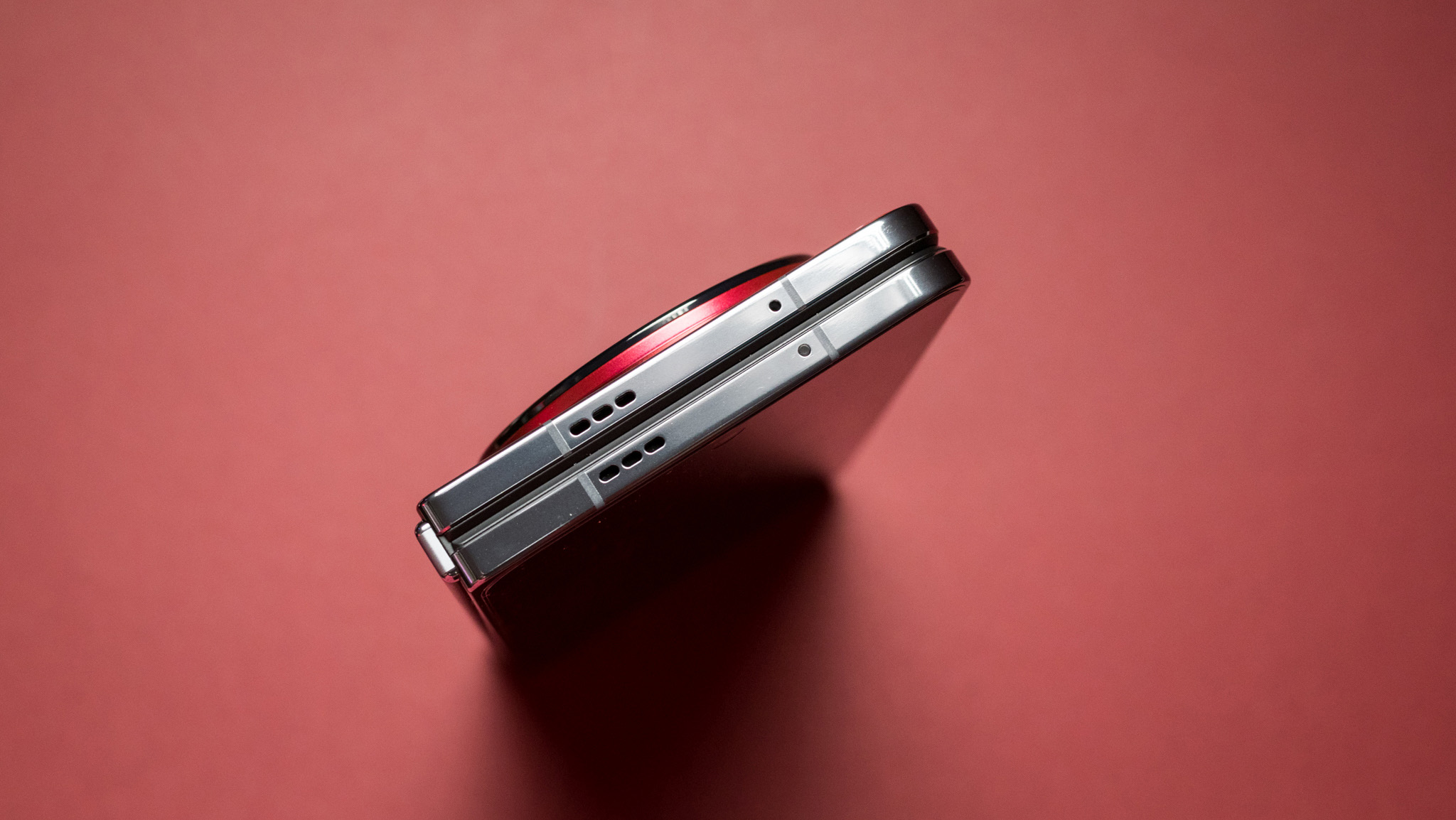

The overall design is elegant, and the red leather back contrasts well with the polished metal sides. OnePlus says the red hue used on the device is an homage to Hasselblad's 503CW 60 Years Victor Red Edition, and while I don't know anything about that camera, I can say that the hue looks really good on the phone, and it gives it a lot of character.
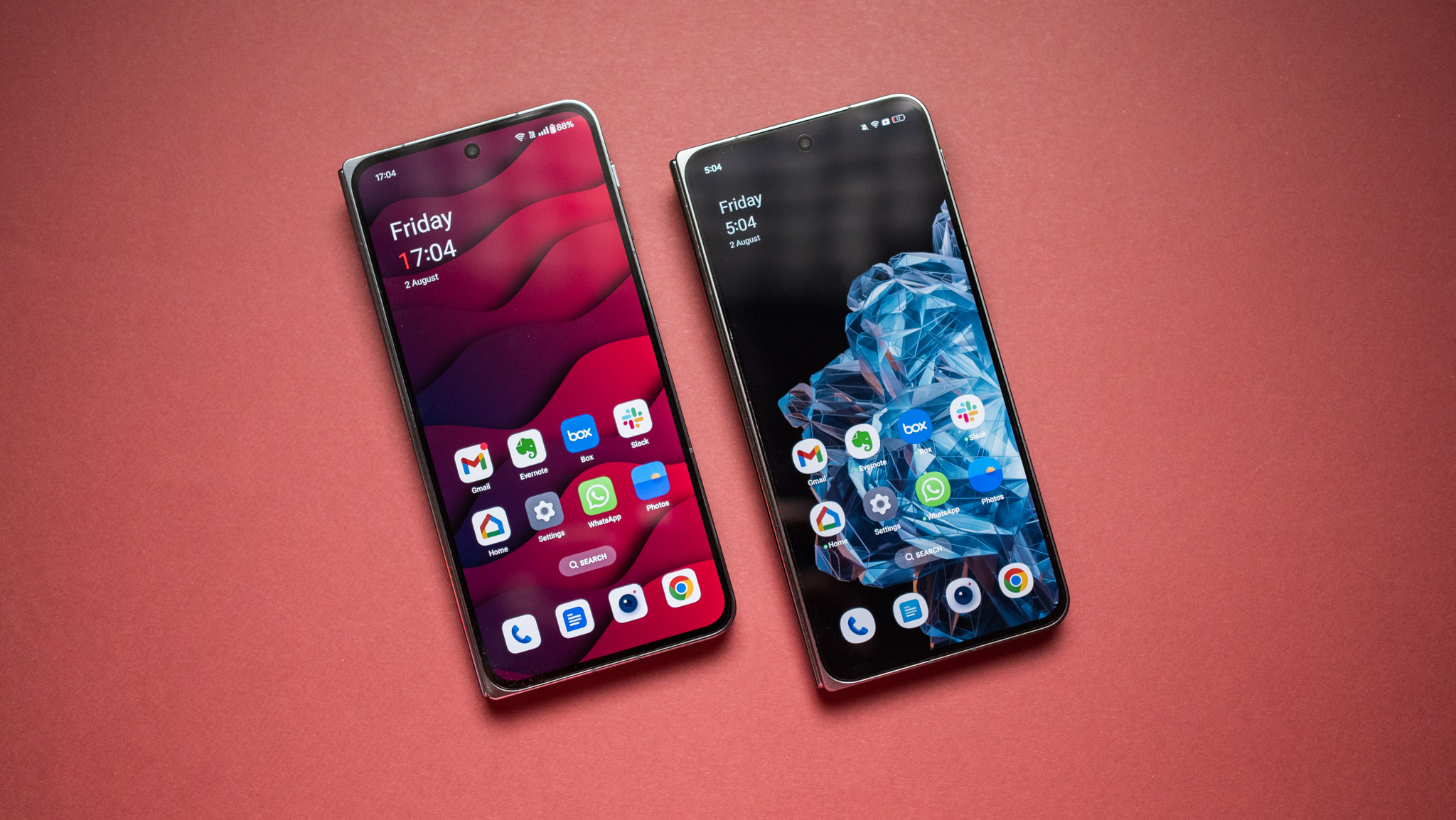
One of the biggest positives on the design front is the size; the foldable is shorter than its immediate rivals, and that makes using it much more comfortable. The cover screen in particular is a delight to use, and most of the time, I didn't have to unfold the device.
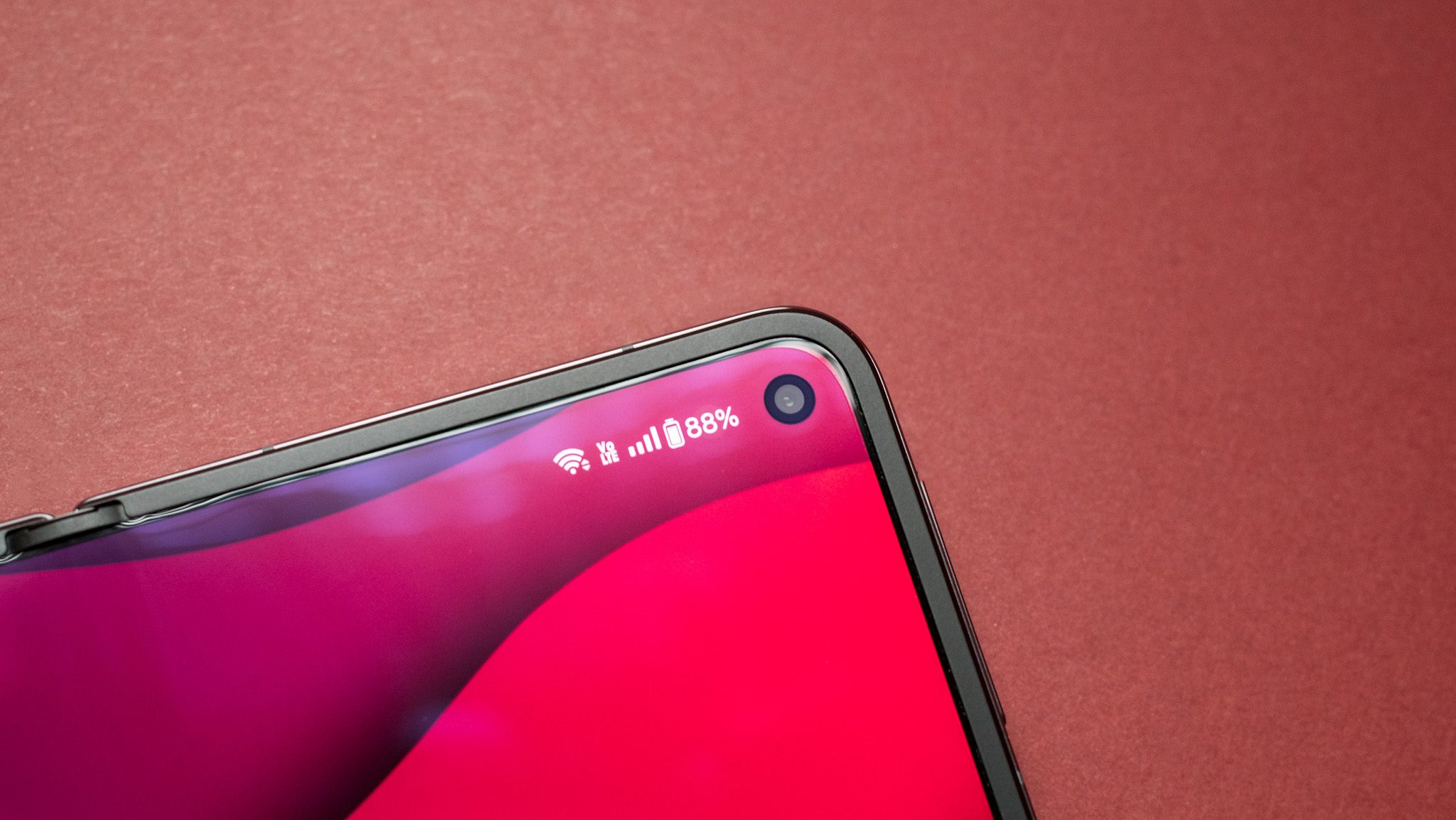
The chassis of the Open Apex Edition is made out of the same combination of cobalt, molybdenum, and titanium alloys, and it ends up being lighter and more durable than steel. It has the same 239g weight as the standard model, and while that's on the lower end of the scale, it isn't the thinnest or lightest foldable around.
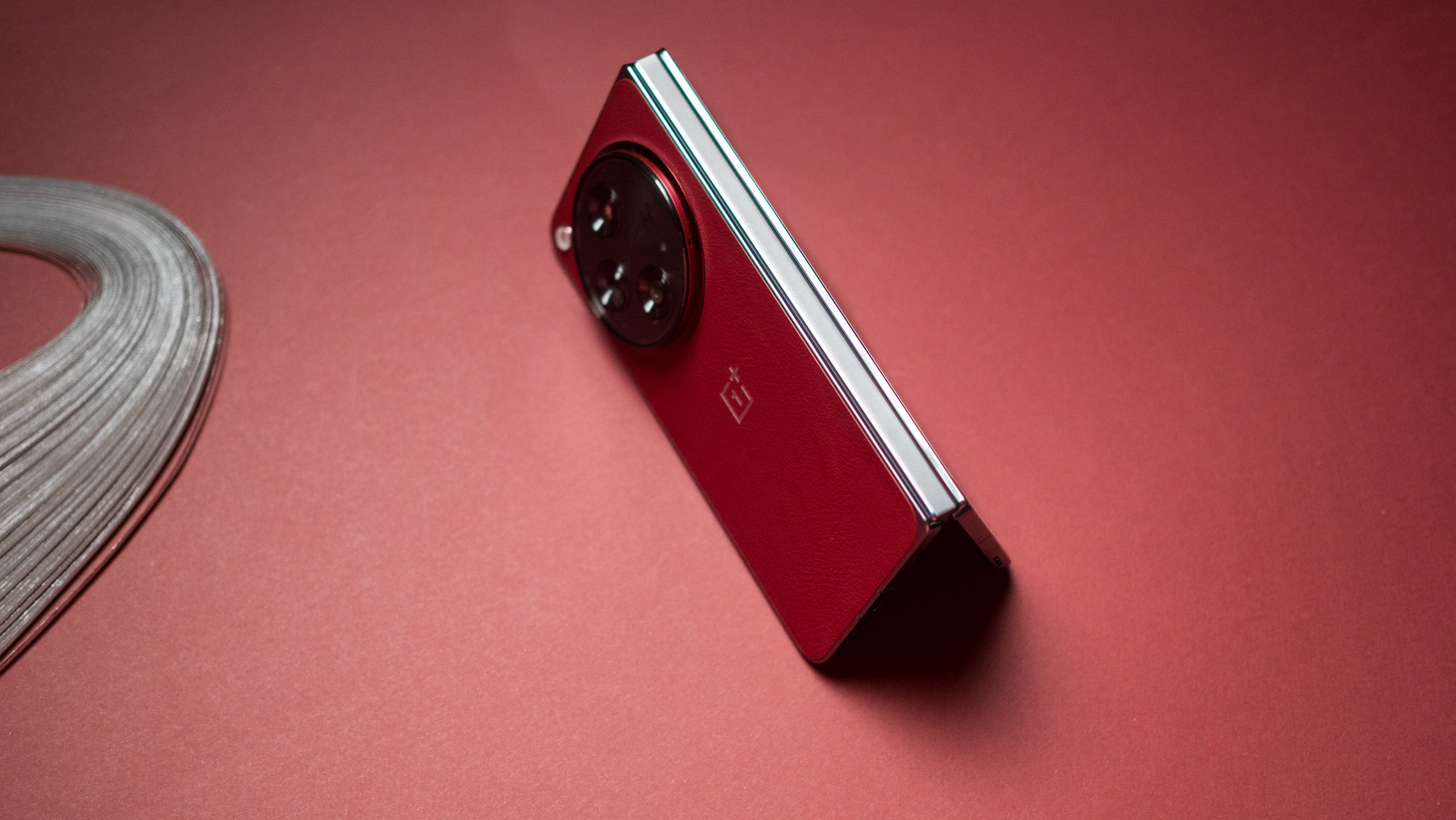
Vivo's X Fold3 Pro, Honor Magic V2 (and the upcoming V3), Xiaomi's Mix Fold 4 are all thinner and lighter than what OnePlus is offering, and even Samsung managed to bring the weight of the Z Fold 6 down to the same as the Open. OnePlus clearly had the edge in this regard when the Open debuted, but a year of innovation in this area means it doesn't have an advantage anymore.
That said, the hinge is still one of the best around, and switching from the X Fold3 Pro, there were no issues. It has a smooth articulation, doesn't need much force to open, and if my usage of the standard model is anything to go by, it is clearly built to last. The alert slider is also intact, and it picks up a new VIP mode. The slider itself has been redesigned and features a better texture and an orange accent that makes it stand out just a bit more than the one on the regular model.
OnePlus Open Apex Edition: Hardware
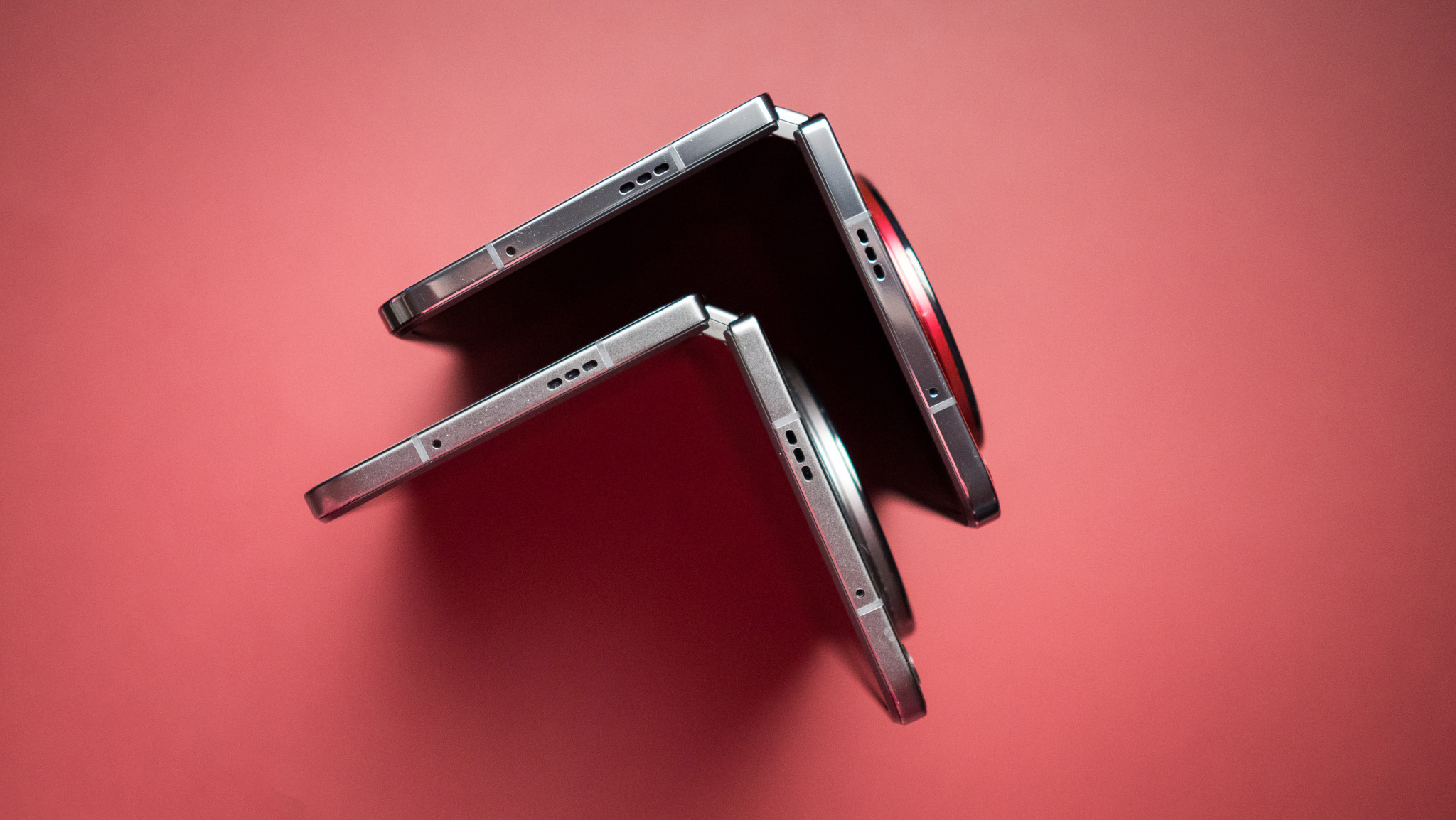
OnePlus isn't making many changes to the hardware itself, so I'm not going to spend too much time talking about it. The Open Apex Edition has the same 6.31-inch cover screen and a 7.82-inch inner panel as the standard model. Both AMOLED panels go up to 120Hz, offer Dolby Vision, and use LTPO 3.0 to dynamically adjust the refresh according to content on the screen.
You get vibrant colors and excellent contrast levels, and the same level of customizability as the OnePlus 12. I didn't see any issues in outdoor use, and the foldable has adequate brightness levels. Built-in sound is great too, and it is among the loudest in this category.
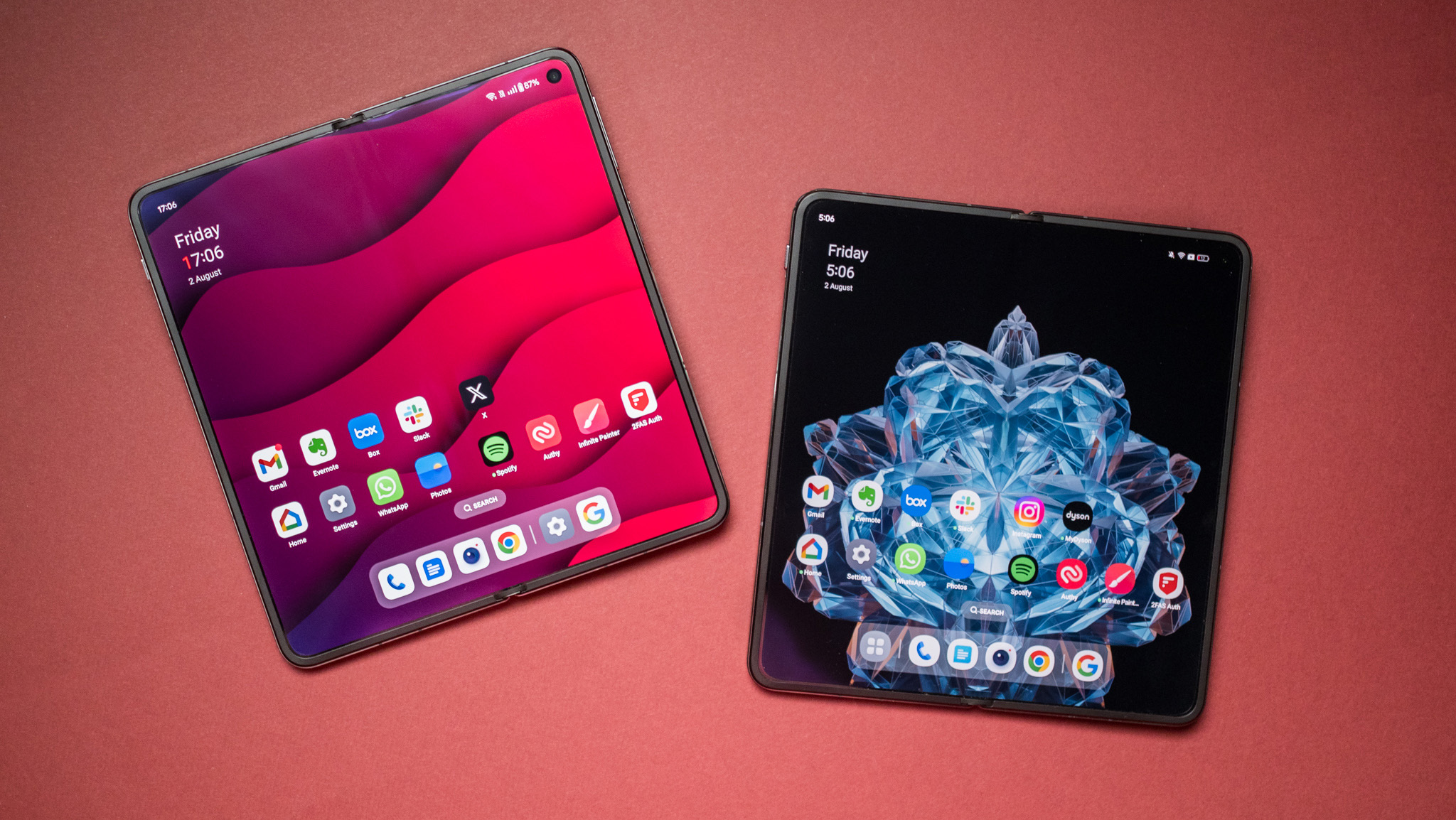
Coming to the internals, the Open Apex Edition is powered by last year's Snapdragon 8 Gen 2. Its still just as fluid and performant as the 8 Gen 3, but it doesn't quite manage to deliver the same efficiency figures, and that's evident in the battery life. I still managed to get a day's worth of use consistently between charges, but with heavy use, you will need to plug in the device before turning in for the night.
It uses the same 80W charging tech, and it takes just over 45 minutes to fully charge the 4805mAh battery. With the latest slate of foldables offering bigger batteries, the Open no longer has the edge in this area. That said, you don't miss out in terms of connectivity, with the device offering global 5G bands, Wi-Fi 7, Bluetooth 5.3, NFC, USB-C 3.1, and the entire suite of AptX codecs.
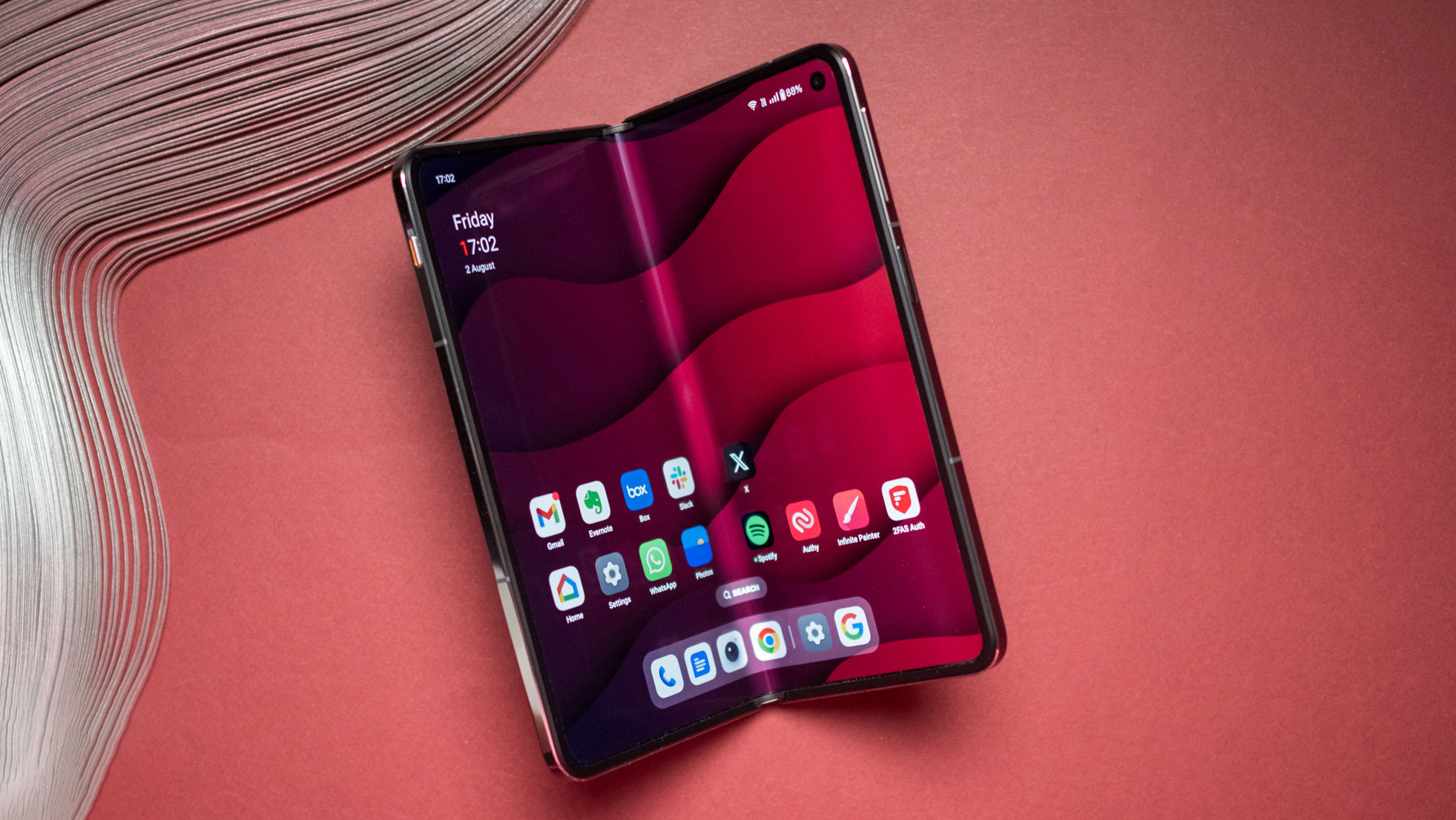
The biggest difference with the Open Apex Edition is the storage; the foldable now comes with 1TB of UFS 4.0 storage, and that's in line with the highest-storage variant of the Magic V2 and Z Fold 6. You still get 16GB of LPDDR5X RAM, and in my use, there wasn't any scenario where I felt the RAM wasn't adequate.
Also new is a Goodix GSEA0 security chip that is powered by Arm's SecurCore SC300 platform. This chip debuted in last year's Find N3, and with the commingling of OnePlus and OPPO, it is now making its way to the Open. The chip oversees the VIP mode that limits access to the mic and camera, and while its efficacy may be limited in daily use, it is a novel addition nonetheless.
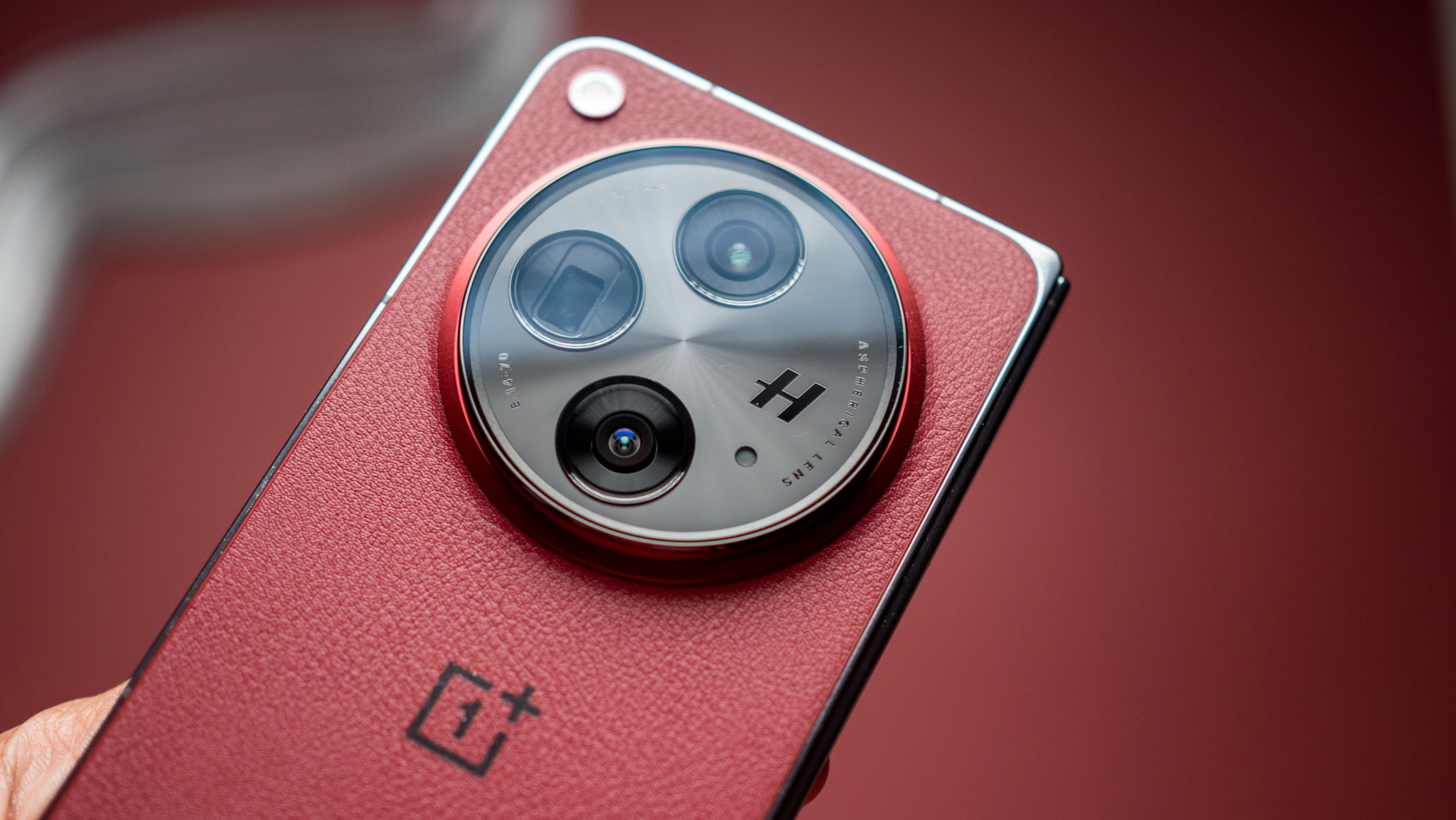
Rounding out the hardware, the Open Apex Edition has the same cameras: a 48MP main camera based on Sony's LYT-T808 module, a 64MP OmniVision OV64B telephoto lens with 3x optical zoom, and a 48MP wide-angle lens that uses the Sony IMX581. There's a 32MP camera on the cover panel, and a 20MP module on the inside.
While the camera hardware hasn't changed, OnePlus rolled out a series of updates to the phone over the course of the last year, and they make a sizeable difference in the caliber of photos and videos. I still prefer the X Fold3 Pro, but there's no arguing the Open is a close second, and it easily outshines the Z Fold 6.
That's true in other areas as well. Although the hardware isn't the latest available, the Open Apex Edition holds its own in demanding games, and I didn't see any lag or slowdowns whatsoever. It would have been nice to get the 8 Gen 3, but the 8 Gen 2 still has plenty to offer.
OnePlus Open Apex Edition: Software
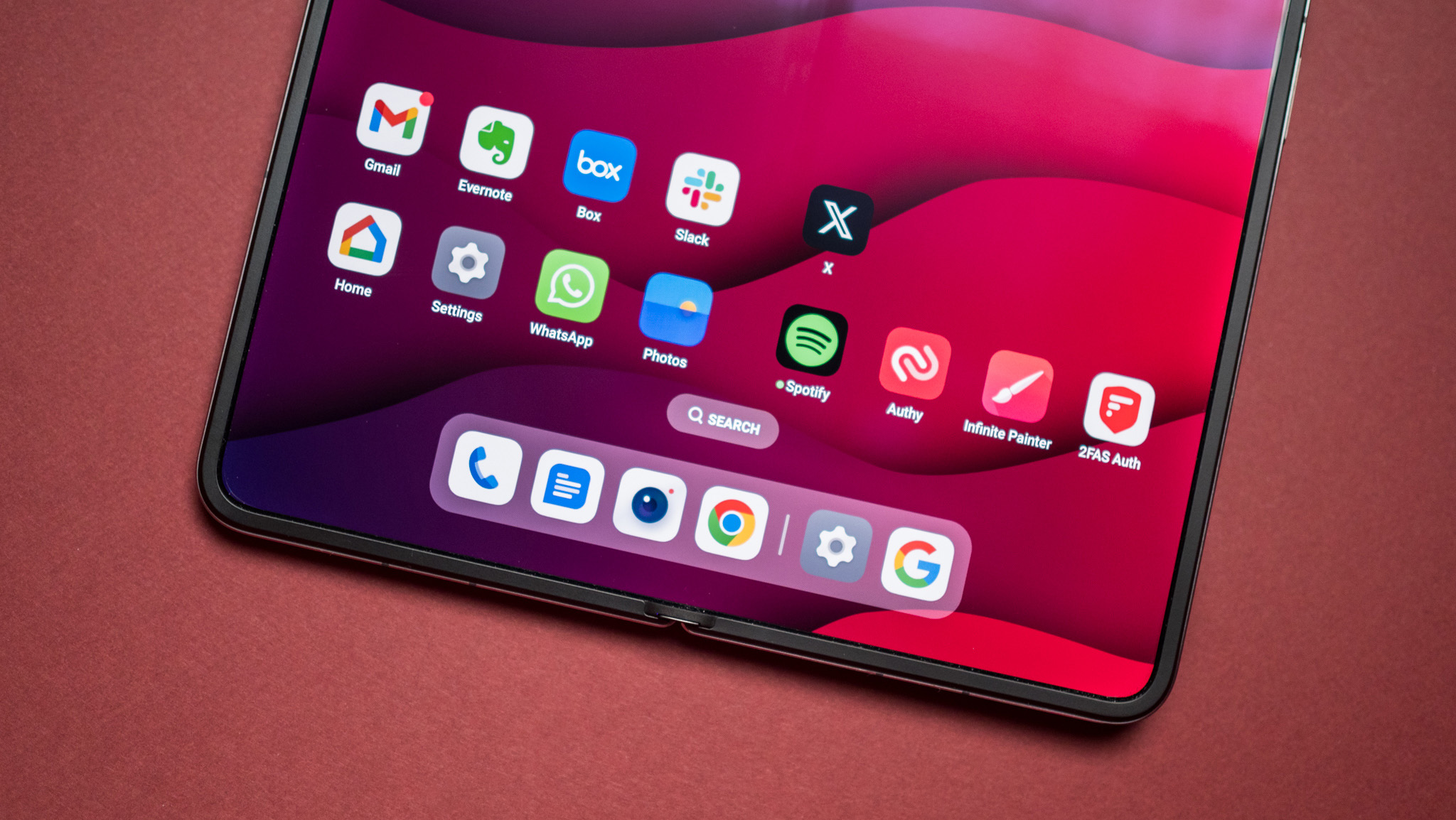
What I like the most about the Open Apex Edition is that it has one of the best multi-tasking capabilities of any foldable today, with OnePlus adding a ton of utilities to maximize the available real estate. It's incredibly easy to launch split-screen mode, and you get the ability to stack windows and change orientation without any hassle.
The foldable runs OxygenOS 14.1 based on Android 14, and while the interface is similar to OxygenOS 14, there are new AI-based image editing features similar to Magic Eraser on the Pixels. The interface is fluid and doesn't have any lag or slowdowns, and there's extensive customizability.

The biggest change in this area has to do with the alert slider; you still get the ability to switch between ring and silent profiles, and there's now a new VIP mode that's designed to safeguard your privacy. In this mode, app access to the mic and camera is disabled, and no app is allowed to take photos, videos, or record audio.
You can still use the camera to take photos and videos in this mode and share them within an app like Instagram or WhatsApp, but if you want to access the viewfinder within Instagram, that isn't possible. You'll get a dialog box stating that camera access is disabled, and you'll need to exit the VIP mode to be able to use it.
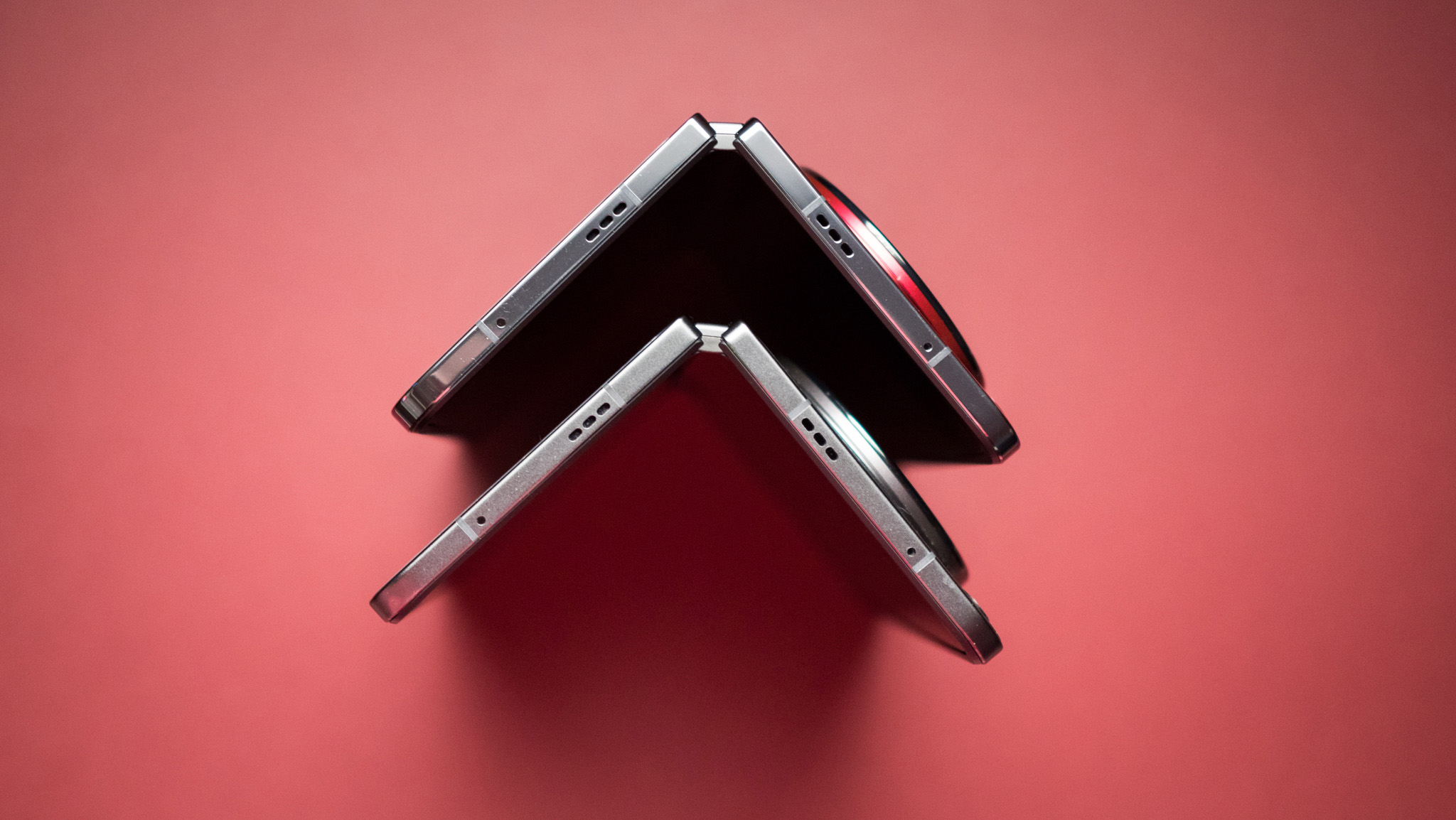
The feature made its debut in the Chinese build of ColorOS at the start of the year, and I put it to good use on the Find X7 Ultra; with OxygenOS differing in name only, it's no wonder that OnePlus is adding this feature to its devices. That said, I don't think it deserves a slot on the alert slider; it isn't something that most users need (or would consider using), and it would have been better to include it as a tile in the notification pane.
Now, the main problem with the foldable is that it won't get long-term software updates. OnePlus is guaranteeing three Android OS updates and four years of security updates — same as the standard model. That just isn't enough in 2024, and what's particularly annoying is that the mid-range Nord 4 is slated to get more software updates than the Open Apex Edition. The Nord 4 will pick up the Android 18 update, while the Open won't go beyond Android 17.
OnePlus Open Apex Edition: The competition
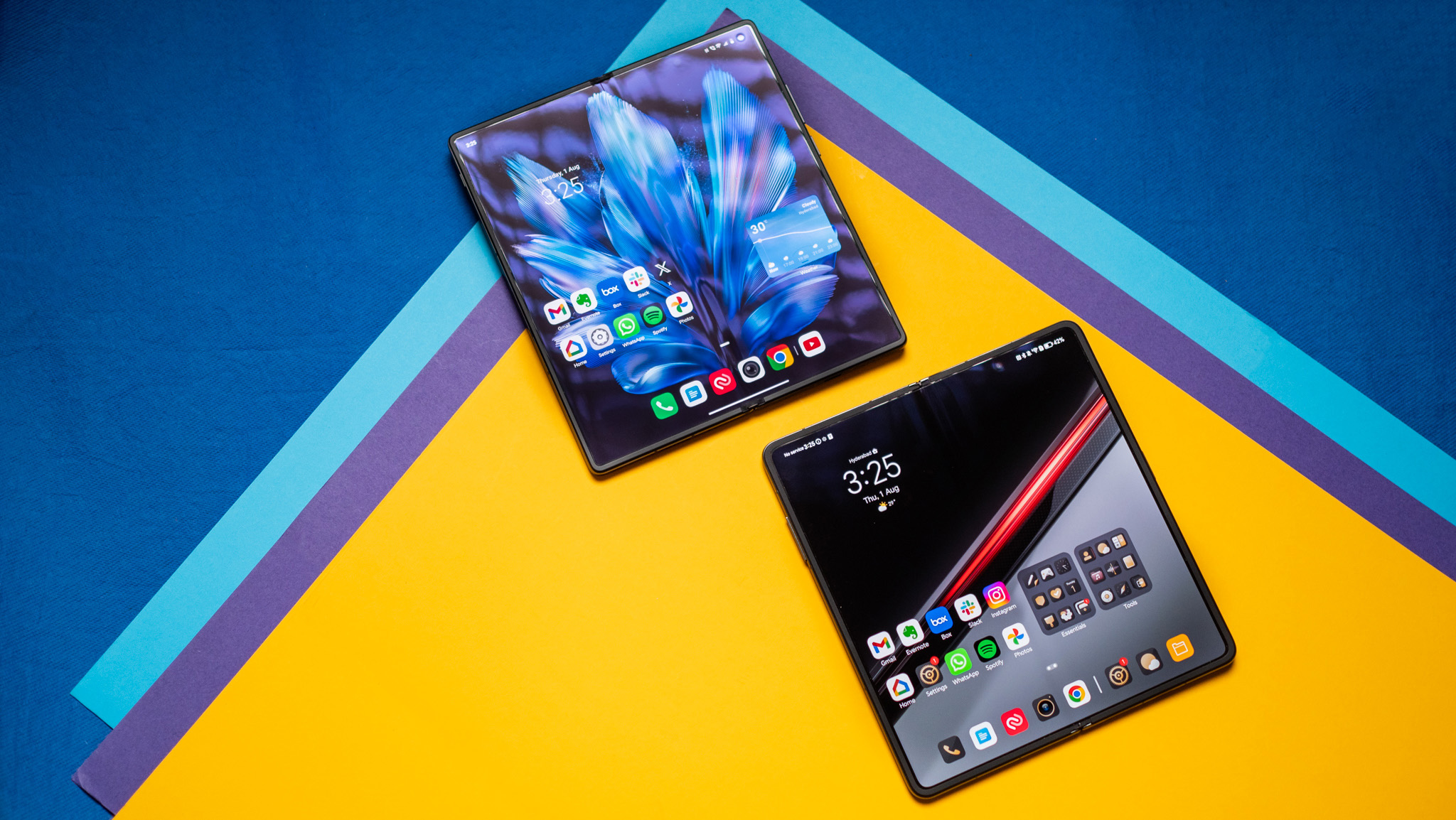
Obviously, Samsung isn't a contender this year, and the Z Fold 6 doesn't really have anything meaningful to offer. But Vivo's X Fold3 Pro is thinner, lighter, has better cameras, and is more powerful than the Open Apex Edition. The biggest differentiation is the battery life, with Vivo's foldable able to last well over a day even with heavy use.
OnePlus Open Apex Edition: Should you buy it?
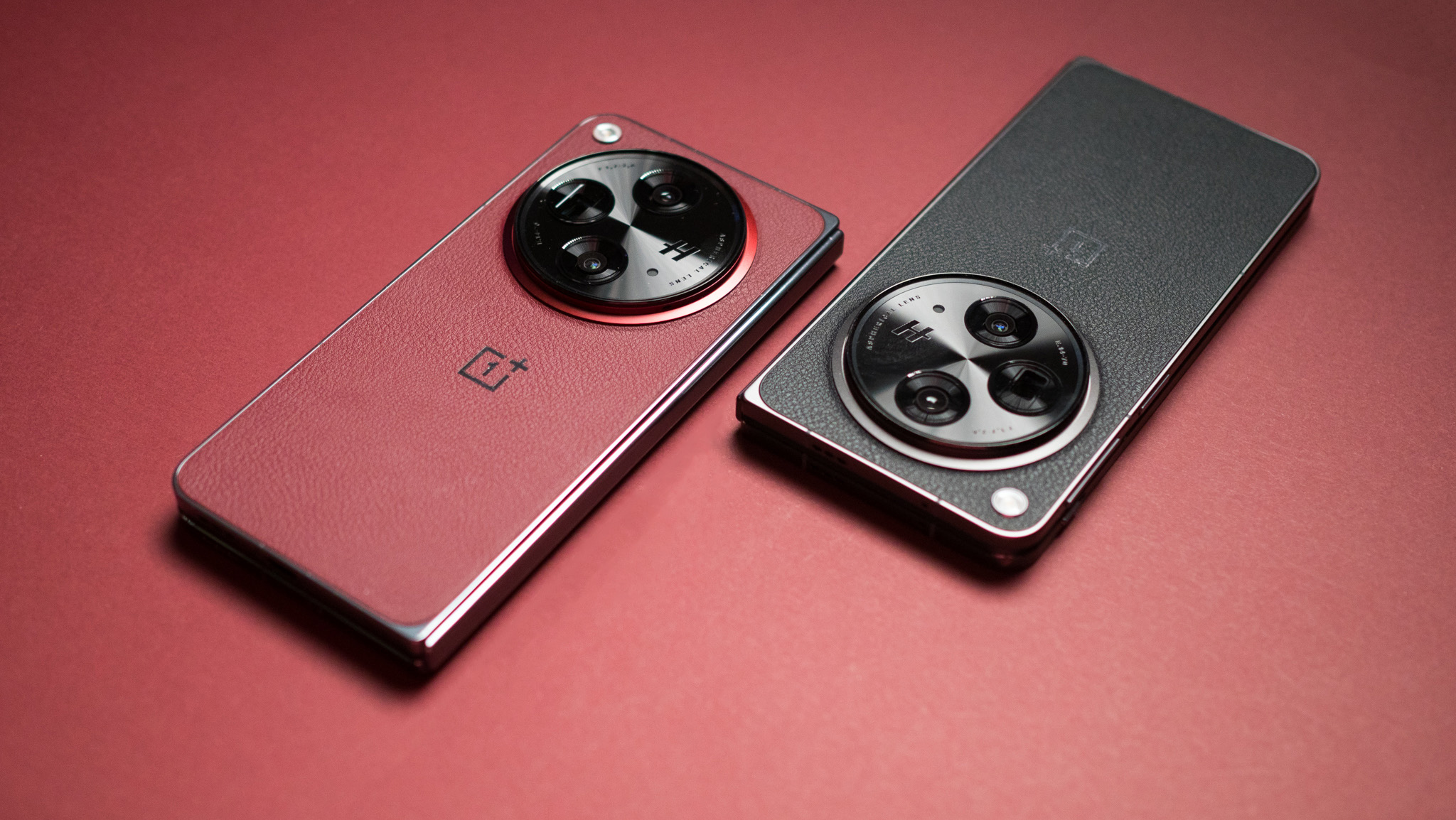
You should buy this if:
- You want a foldable that's easy to hold and use
- You need good cameras
- You want meaningful software extras
- You want an elegant design
You shouldn't buy this if:
- You want long-term software updates
- You need the latest hardware
- You want the best battery life
With the Open Apex Edition, OnePlus is showing that it doesn't need to release a new phone yearly to stay relevant. Other manufacturers should consider going the same route, because at the end of the day, the Open still has a lot going for it, and it holds up well against its 2024 rivals.
The only issue with the foldable is the lack of long-term updates; OnePlus needs to roll out more updates to the phone, because as it stands, it is outmatched by the Nord 4, which costs four times less. As I'm picking out flaws, IPX4 water resistance doesn't measure up in 2024, and with other foldables now offering IPX8 as standard, the Open is on the backfoot.
Outside of that, I can't really find any faults with the foldable. It has a ton of useful multitasking features, the design is easily one of the best — if not the best — and the burgundy red color option is utterly gorgeous. If you care about the design and want a foldable that looks as well as it performs, the Open Apex Edition is a great choice in 2024 and beyond.
With a gorgeous red hue and 1TB of storage, the Open Apex Edition manages to deliver meaningful upgrades. Combine that with Hasselblad-tuned cameras and a ton of useful software features, and you're looking at one of the best foldables available today.







